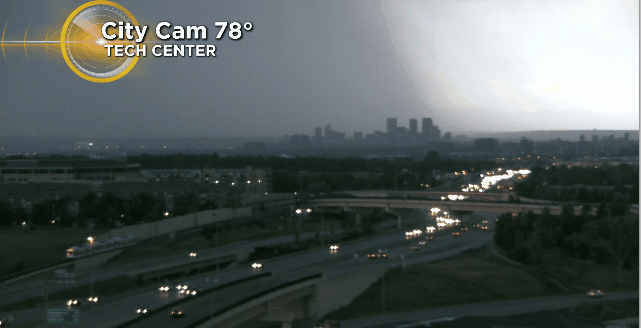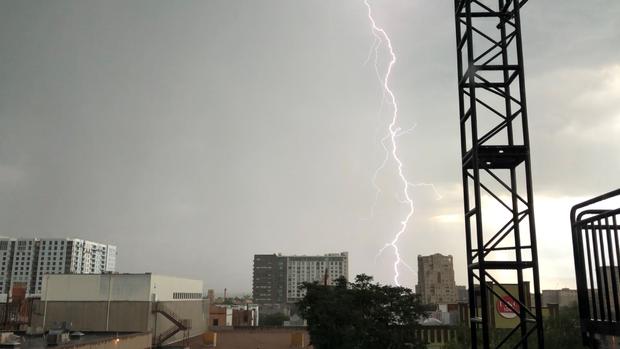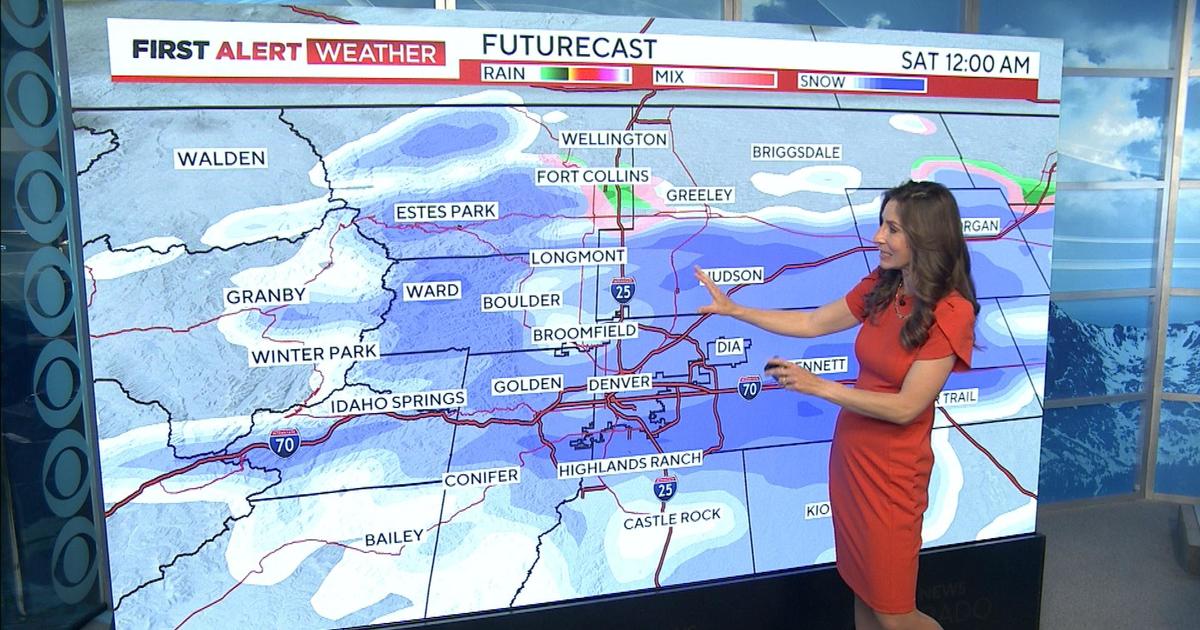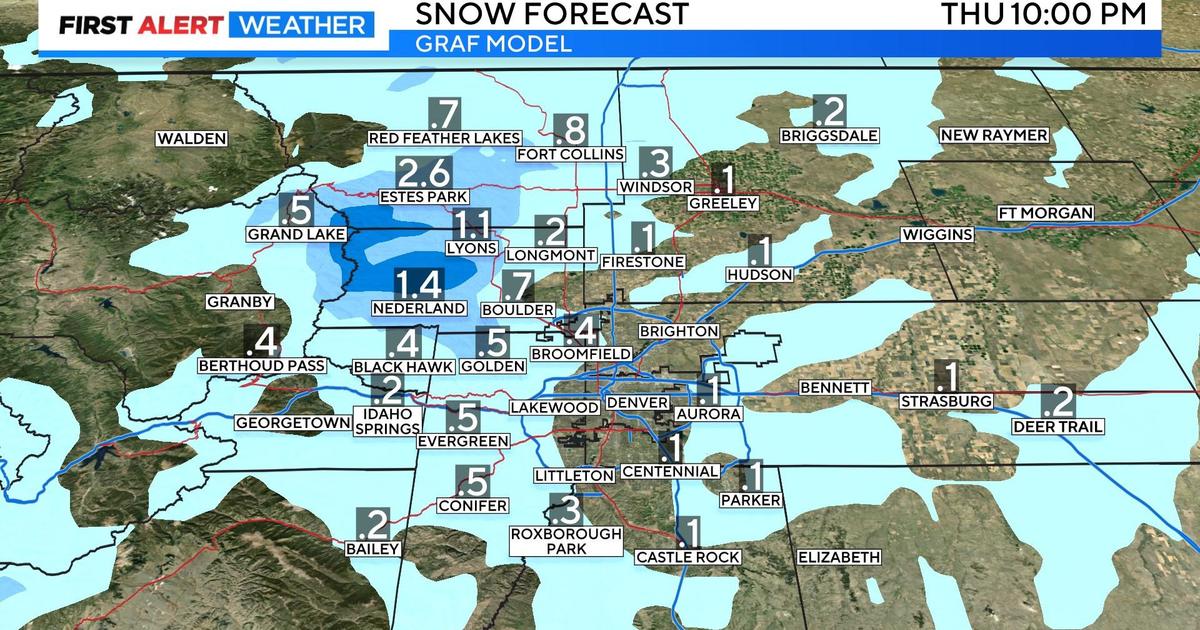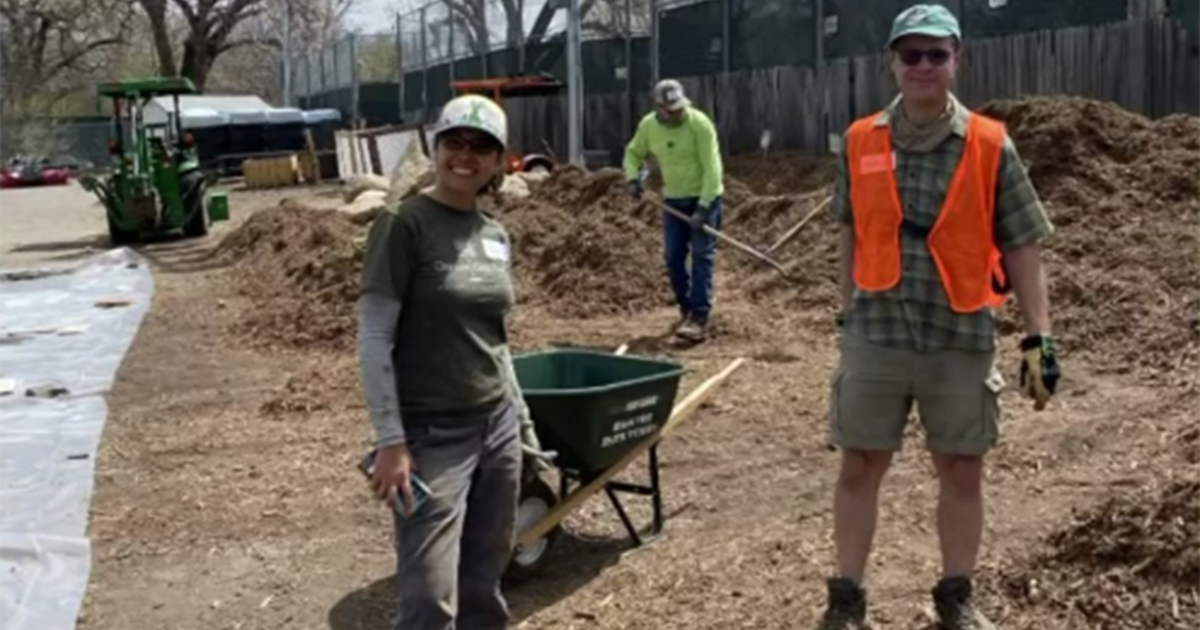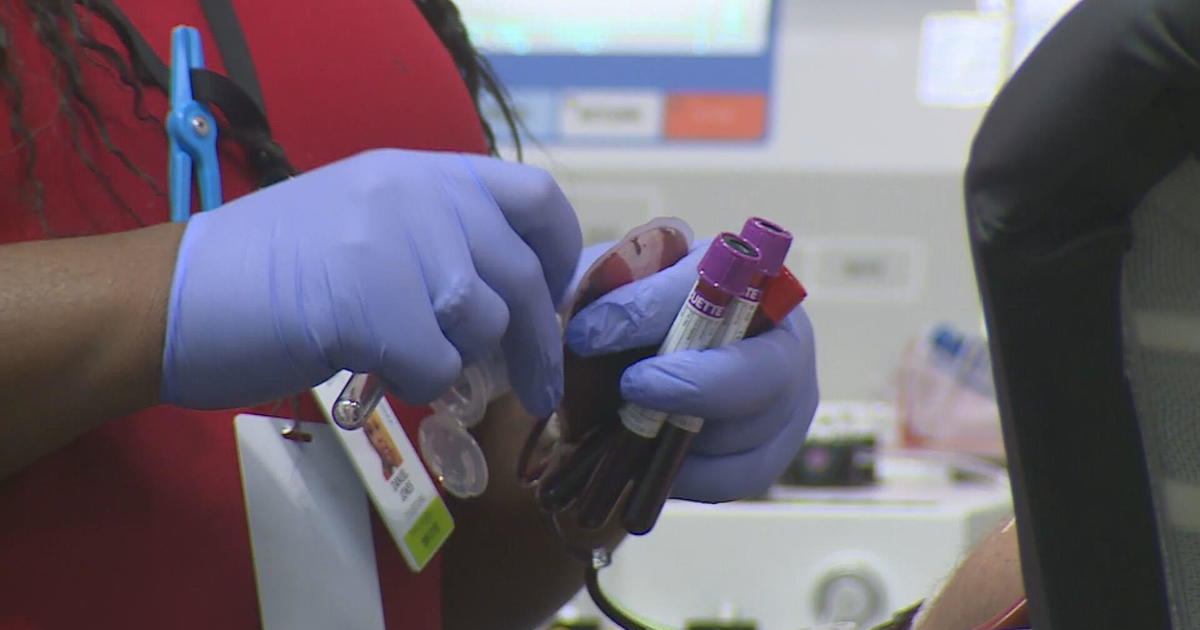Old-Fashioned July Storm Produces Hundreds Of Lightning Strikes Over Denver
DENVER (CBS4) - Showers and thunderstorms developed around the Denver metro area late Saturday afternoon producing locally heavy rain, tons of lightning and small hail. The lightning sent people running for cover and delayed outdoor activities, including the Rockies game.
For those who have lived in Colorado for any length of time it felt like old times. In fact it used to feel like we could set our clocks by the daily showers and storms that would form over the mountains and foothills. Sometimes multiple rounds of storms would hit and last well into the evening hours.
July in Colorado is known for hot days and afternoon thunderstorms that provide welcome relief from the heat. The storms are typically spawned by the North American Monsoon, which is simply a seasonal shift in the wind pattern near the surface. For Colorado that wind blows from the south and transports moisture straight out of the tropics.
When that moisture combines with strong daytime heating the result is often slow-moving showers and thunderstorms that drop heavy rain and produce intense cloud-to-ground lightning. The storms are often accompanied by small hail.
But the last several years have produced extremely hot weather during July with widespread drought and little in the way of afternoon storms. It almost seemed like our July monsoon storms were a thing of the past. But this year has been very active with thunderstorm activity.
The thing with monsoon storms is that they are extremely isolated and don't always hit equally. These storms can literally produce heavy rain in one spot while the other side of the street remains virtually dry.
And while monsoon storms rarely hit severe criteria they do mean business, capable of producing flash flooding and deadly lightning. They move very slowly because the steering winds over Colorado are light this time of year.
Some days are better than others for producing monsoon storms. It simply depends on where the pockets of richer moisture are located as they rotate around a large ridge of high pressure in the upper atmosphere.
By the way, a severe storm simply means that one of the following three criteria has been achieved...

